Can-Am Defender Common Problems

Intro
The Can-Am Defender is easily one of the most popular UTVs on sale today, and with good reason. Can-Am has built up a reputation with it’s Defender over the years, transforming it from a modest newcomer to a serious contender for the best UTV on the market. Years of iteration and improvements have refined the Defender into a machine capable of tackling the most challenging terrain and looking damn good while doing so. While the Defender does have a lot going for it with its aggressive looks and impressively capable 4WD system, there are some drawbacks to consider. Can-Am often positions its products as the premium offering in their respective segments, with the price tags to match, but what happens when all the extra bells and whistles begin to take a beating and break down? In this article, we set out to explore some of the most common problems found among the Can-Am Defender line-up as well as some solutions that owners have found to work around them.
Overview of common Can-Am Defender problems
Let’s lay out some groundwork before jumping into all of the details. Firstly, it’s important to mention that no UTV is perfect and breakdowns are just a natural occurrence given the demanding environments that many of these machines are typically expected to perform in. When looking at common problems for the Defender, we did our best to strike a balance in highlighting the ones that were not only unique to the Defender but also could be easily addressed with the right aftermarket parts or accessories.
As we dive in, we'll also touch on the importance of routine maintenance. Many of the headaches caused by common problems could potentially be avoided by following the manufacturer’s recommended service intervals. Not to mention a proper wash or rinse after a long day of hitting the trails can prevent premature wear and tear. Whether you're using your UTV for work or play, understanding how to optimize its performance can make a world of difference in your riding experience.
So, let's dive in and explore the common issues faced by Can-Am Defender owners, along with practical solutions to keep your machine running at its best. Remember, being proactive about maintenance and staying informed about your vehicle's quirks can save you time, money, and frustration in the long run.
Belt Drive Issues
The Can-Am Defender's belt drive system is among the toughest of its class, outperforming many of its competitors in durability. Yet, we wouldn’t go as far as calling it "bulletproof." Some users have reported power delivery issues due to belts snapping or becoming dislodged from their tracks while riding. It’s unclear how the intensity of a ride factors into these belt issues, but one thing is for certain: proper belt maintenance is crucial.
Following the manufacturer’s service schedule is the simplest way to ensure your Defender's drive belt remains in optimal condition, reducing the likelihood of a premature failure. Regular upkeep is especially important given the substantial forces the belt endures during hard acceleration, particularly when the vehicle is carrying heavy loads. As the old saying goes, take care of the machine, and the machine will take care of you!
Factory Brakes That Lack “Bite”
The factory brake setup on Can-Am Defenders is more than capable enough for your average UTV activities on the trail or on-site. But problems tend to creep up when you've got a full load of passengers or cargo. To put it simply, the brakes on the Defender are known to be a bit underpowered, especially for users who are pushing the machine to its limits. This might not be a deal-breaker for everyday use, but it's definitely something to keep in mind if you're planning on putting in some serious work with your Defender.
So, what can you do about it? Well, if you find yourself frequently hauling around heavy loads, you might want to consider upgrading to beefier pads and rotors. It's a relatively simple mod that can make a world of difference. But just to be clear, if you're just using your Defender for casual trail riding or light work, the stock brakes should do just fine.
Weaker brakes can be made even worse when they are especially dirty or covered with mud, so being sure to regularly wash down your Defender after a particularly mud-heavy excursion can not only help extend their life but also improve overall responsiveness.
Visco-Lok Caused Differential Wear Issues
There’s a lot to love about Can-Am's proprietary ViscoLok system. When it manages to detect wheel slip and kick on, it can be a pretty impressive way of reducing wheel spin when you find yourself in less than ideal traction situations. However, Can-Am’s Visco-Lok system has proven to be fairly temperamental on the Defender, seemingly kicking on inconstantly and in a very delayed fashion. As we’ve seen other owners tell us before, when the system begins to act up, you might find yourself wishing for a good old-fashioned manual locking differential. Apart from adding another unnecessary layer of engineering complexity to the Defender, it’s tendency to kick-on inconsistently has even been known to cause premature differential failure as a result. Making sure to regularly service your differentials with the manufacturer-recommended differential oil can help reduce the wear and tear that a touchy Visco-Lok system may induce on the drivetrain. Also, knowing is half the battle—reading the owner’s manual can help you fully understand all of the quirks that the Visco-Lok system has before giving it a proper shakedown in the field.
Fuel Delivery Cold Start Issues
Cold starts have been known to be the Achilles heel of the Can-Am Defender, with the origin of many problems reported being traced back to fuel delivery issues. Like any other UTV, Defender’s spend a lot of time in mud and dirt, meaning fuel filters have a tendency to get clogged up if not properly maintained. Clogged fuel filters, or in worse cases, fuel lines, can result in a UTV that is unwilling to cooperate when starting it up on a cold morning. The good news is that these types of issues can normally be avoided by regularly maintaining your Defender through routine fuel filter replacements and the occasional fuel system flush.
Improving Reliability with Parts and Accessories
We recognize that we've covered a lot of potential issues here, but don't let it get you down. As mentioned at the beginning, every UTV is going to have its own set of common problems, and the Can-Am Defender is no exception. However, the great thing about the Can-Am Defender is that many of the common problems listed here can be addressed with a few aftermarket modifications and routine maintenance. So if you happen to find yourself running into any of the issues we listed, then be sure to check out the extensive catalog of parts and accessories we have available online at Star Knight MT. Not only can the right aftermarket parts help you substantially extend the life and reliability of your Can-Am Defender, but they can also save you a few bucks along the way.
In Conclusion
The Can-Am Defender is one of the most rugged UTVs on today’s market, but its common problems range anywhere from belt drive issues to fuel issues to differential wear and more. It’s important to note that despite all of these potential downsides, we are still huge fans of the Can-Am Defender. When it comes to taking on the toughest terrain, very few UTVs can withstand the challenging demand of the outdoors like a Defender. The silver lining to these common problems is that their existence has been well documented by owners and enthusiasts all around the world, along with their potential solutions. We hope that this article will help you not only avoid these potential pitfalls but also reinforce the importance of regularly maintaining your UTV to help maintain maximum performance as well as reliability.

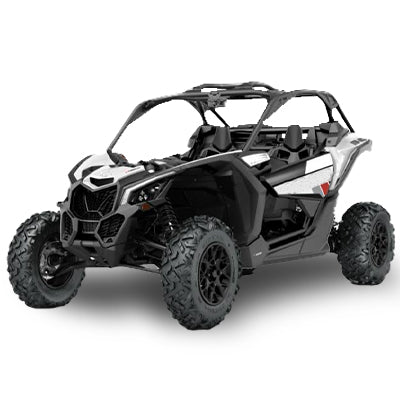
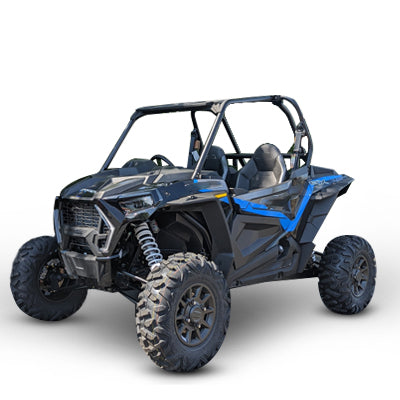
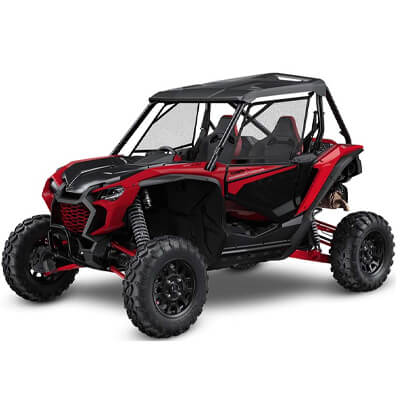
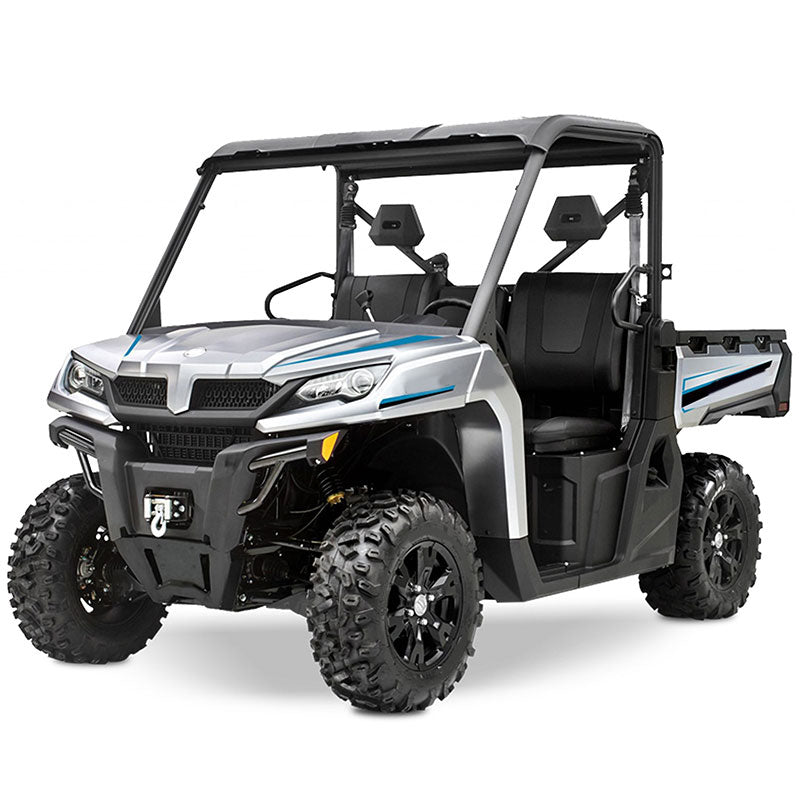
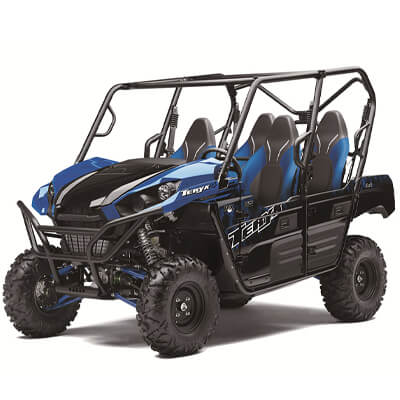
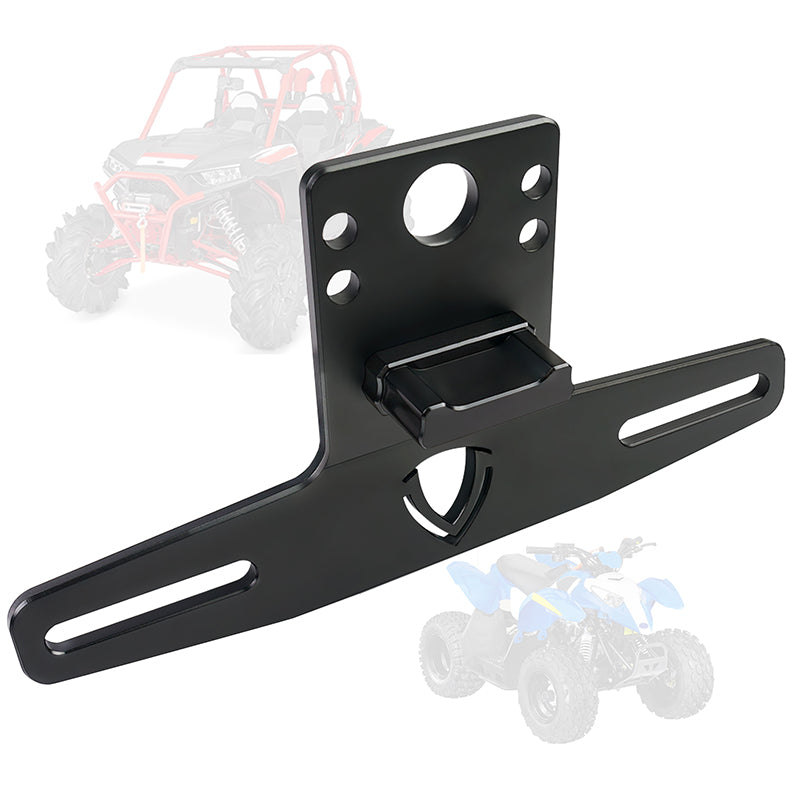
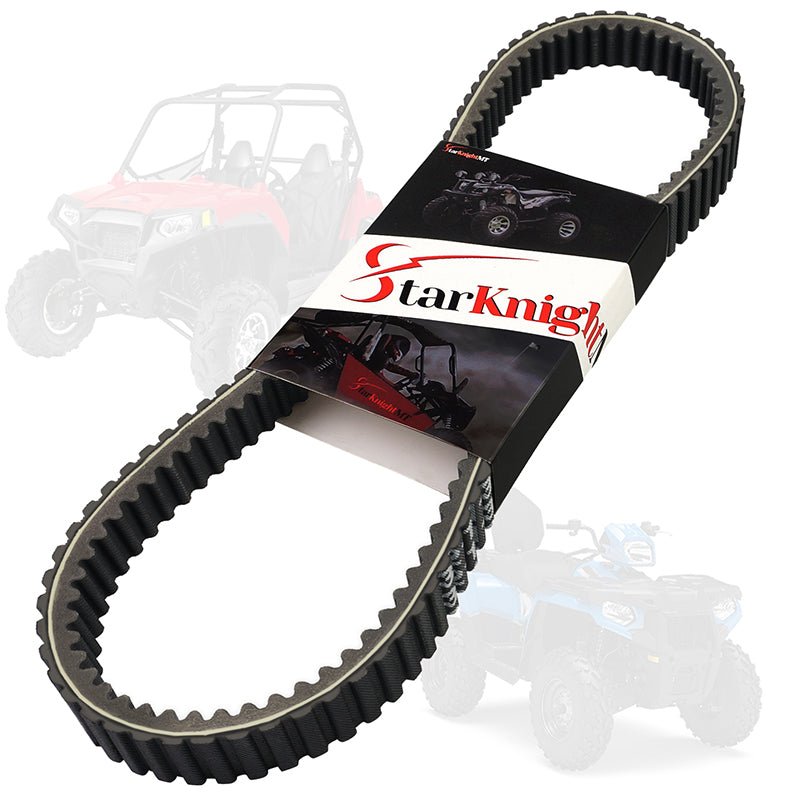



Leave a comment